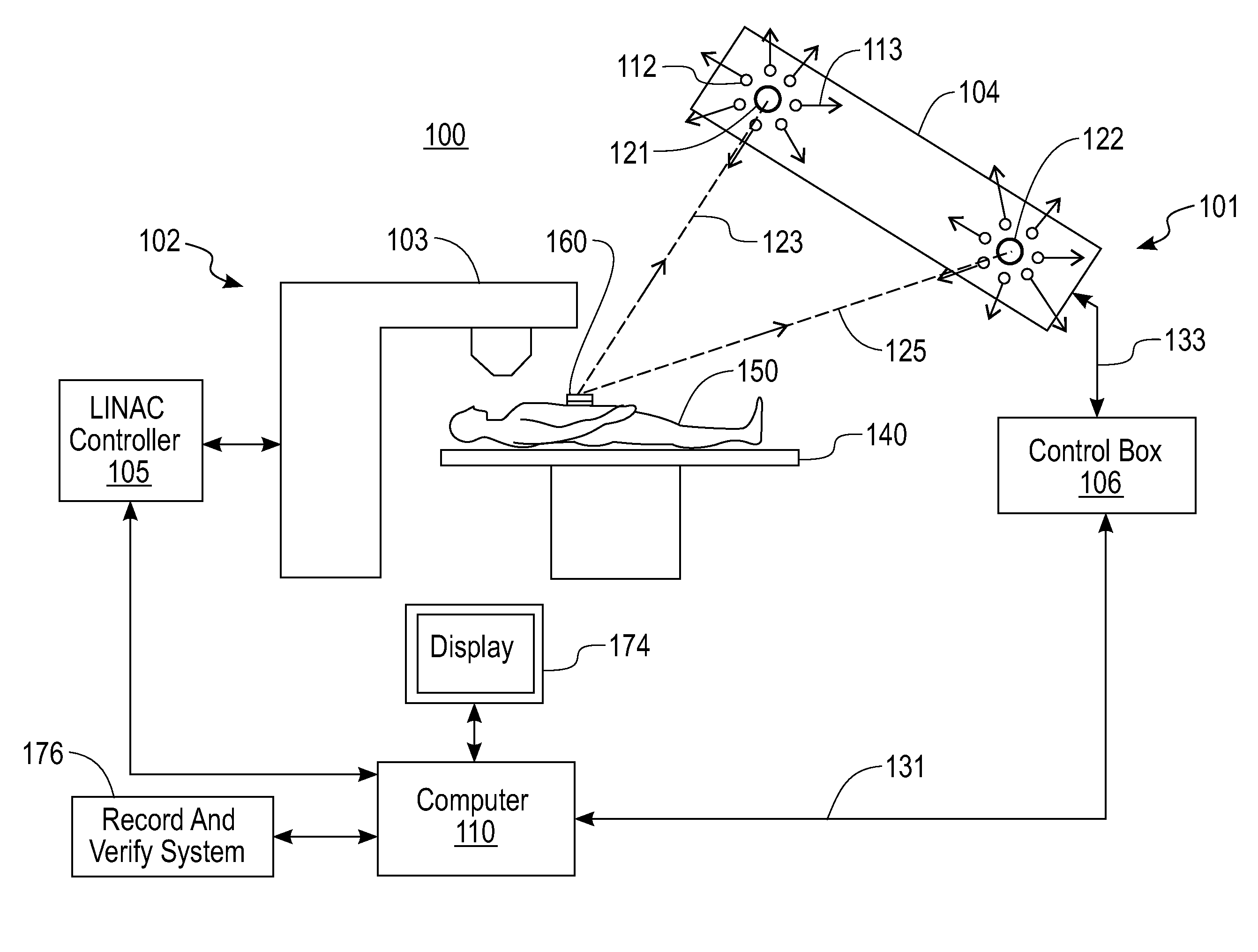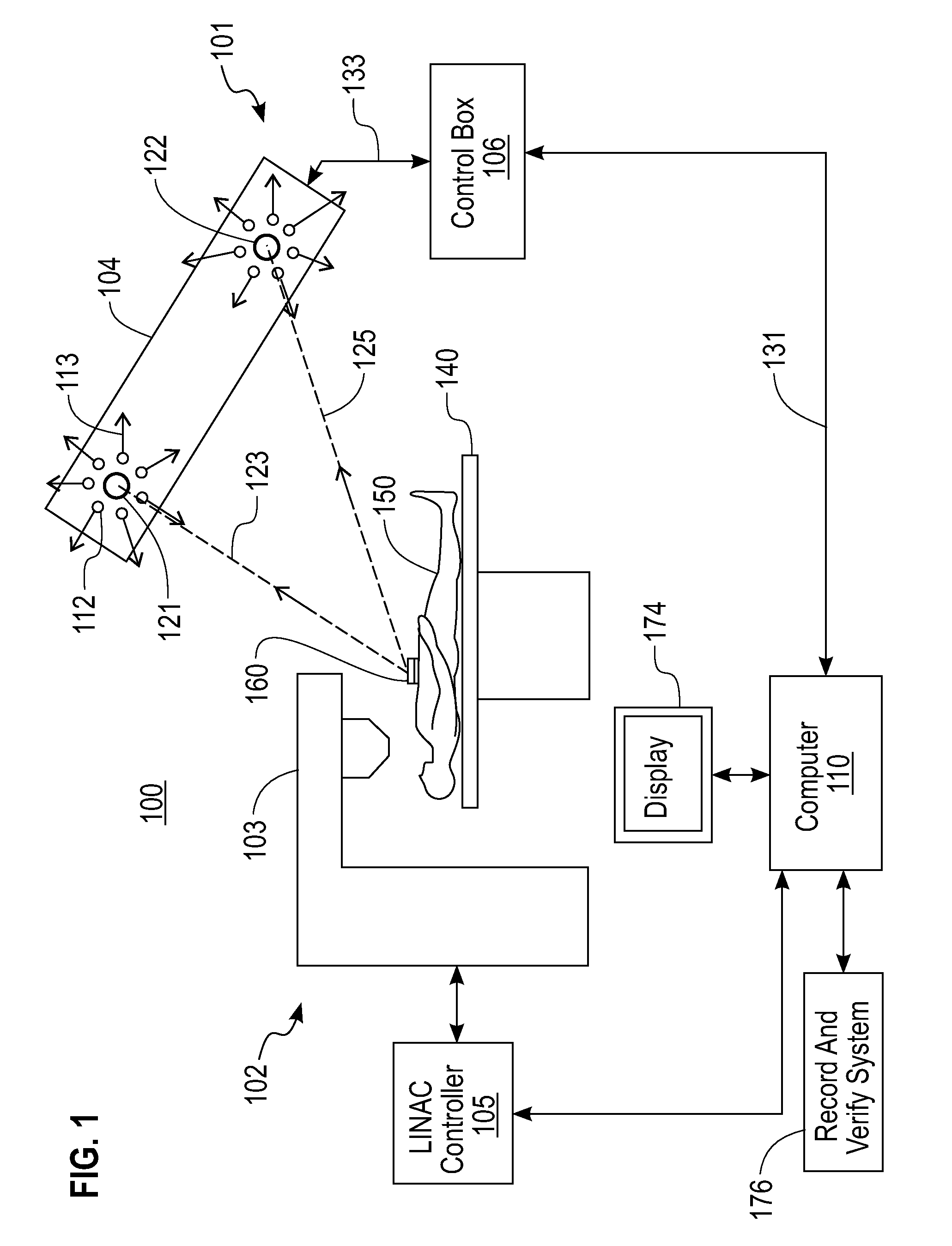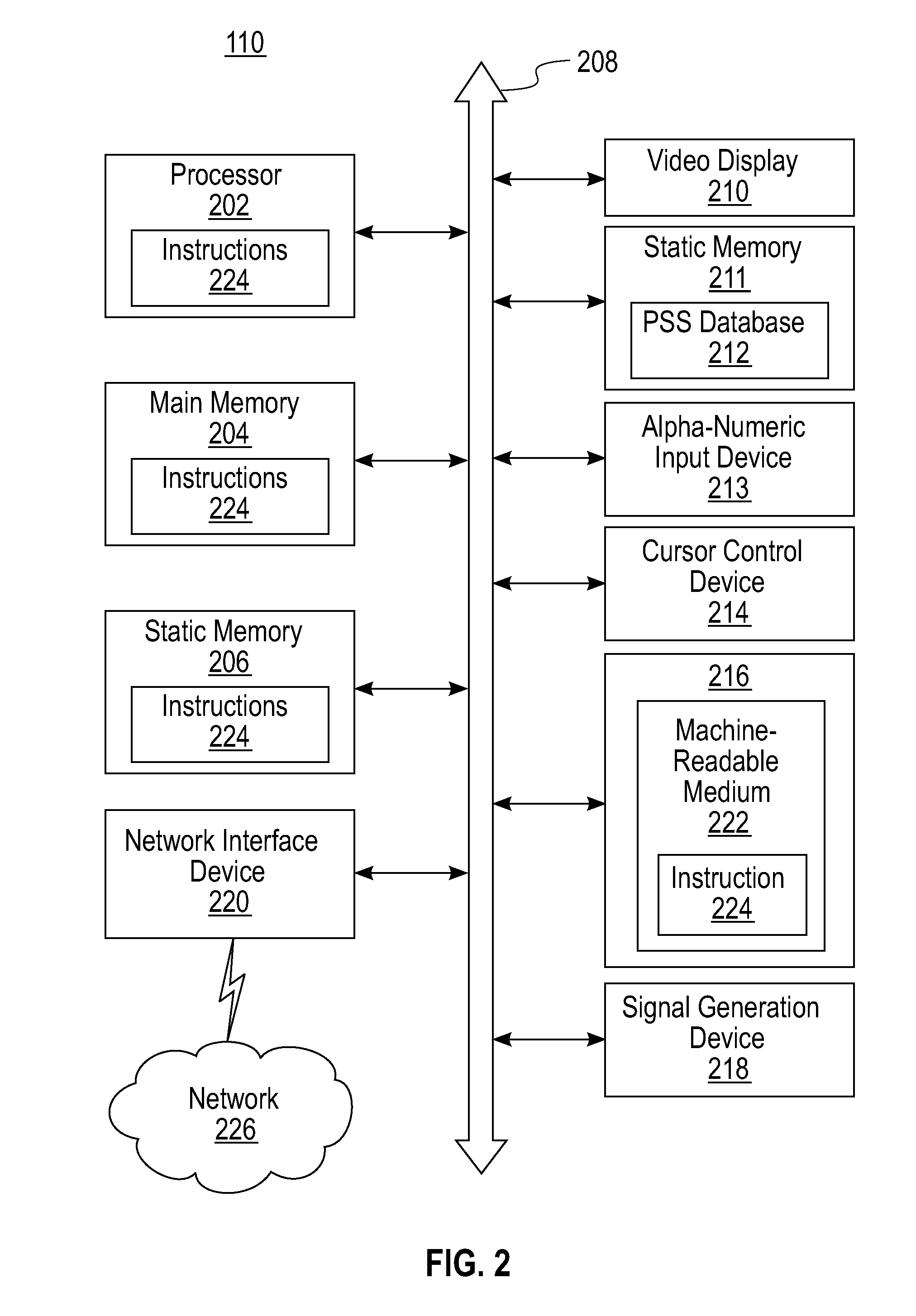Prevention of setup errors in radiotherapy
a radiotherapy and setup error technology, applied in the field of radiotherapy, can solve the problems of radiotherapy being a multi-step, multi-person process, and treating a wrong body part, and achieve the effect of avoiding the formation of a false alarm and preventing false alarms
- Summary
- Abstract
- Description
- Claims
- Application Information
AI Technical Summary
Benefits of technology
Problems solved by technology
Method used
Image
Examples
Embodiment Construction
[0019]As required, detailed embodiments of the present invention are disclosed herein. However, it is to be understood that the disclosed embodiments are merely examples of the invention, which can be embodied in various forms. Therefore, specific structural and functional details disclosed herein are not to be interpreted as limiting, but merely as a basis for the claims and as a representative basis for teaching one skilled in the art to variously employ the present invention in any appropriately detailed structure and function. Furthermore, the terms and phrases used herein are not intended to be limiting; but rather, to provide an understandable description of the invention.
[0020]FIG. 1 is a simplified block diagram of a patient safety system 100 in accordance with the invention. The patient safety system (hereinafter “PSS”) 100 uses optical tracking technology to prevent gross patient setup errors (hereinafter “setup errors”). The PSS 100 comprises an optical tracking system 10...
PUM
 Login to View More
Login to View More Abstract
Description
Claims
Application Information
 Login to View More
Login to View More - R&D
- Intellectual Property
- Life Sciences
- Materials
- Tech Scout
- Unparalleled Data Quality
- Higher Quality Content
- 60% Fewer Hallucinations
Browse by: Latest US Patents, China's latest patents, Technical Efficacy Thesaurus, Application Domain, Technology Topic, Popular Technical Reports.
© 2025 PatSnap. All rights reserved.Legal|Privacy policy|Modern Slavery Act Transparency Statement|Sitemap|About US| Contact US: help@patsnap.com



